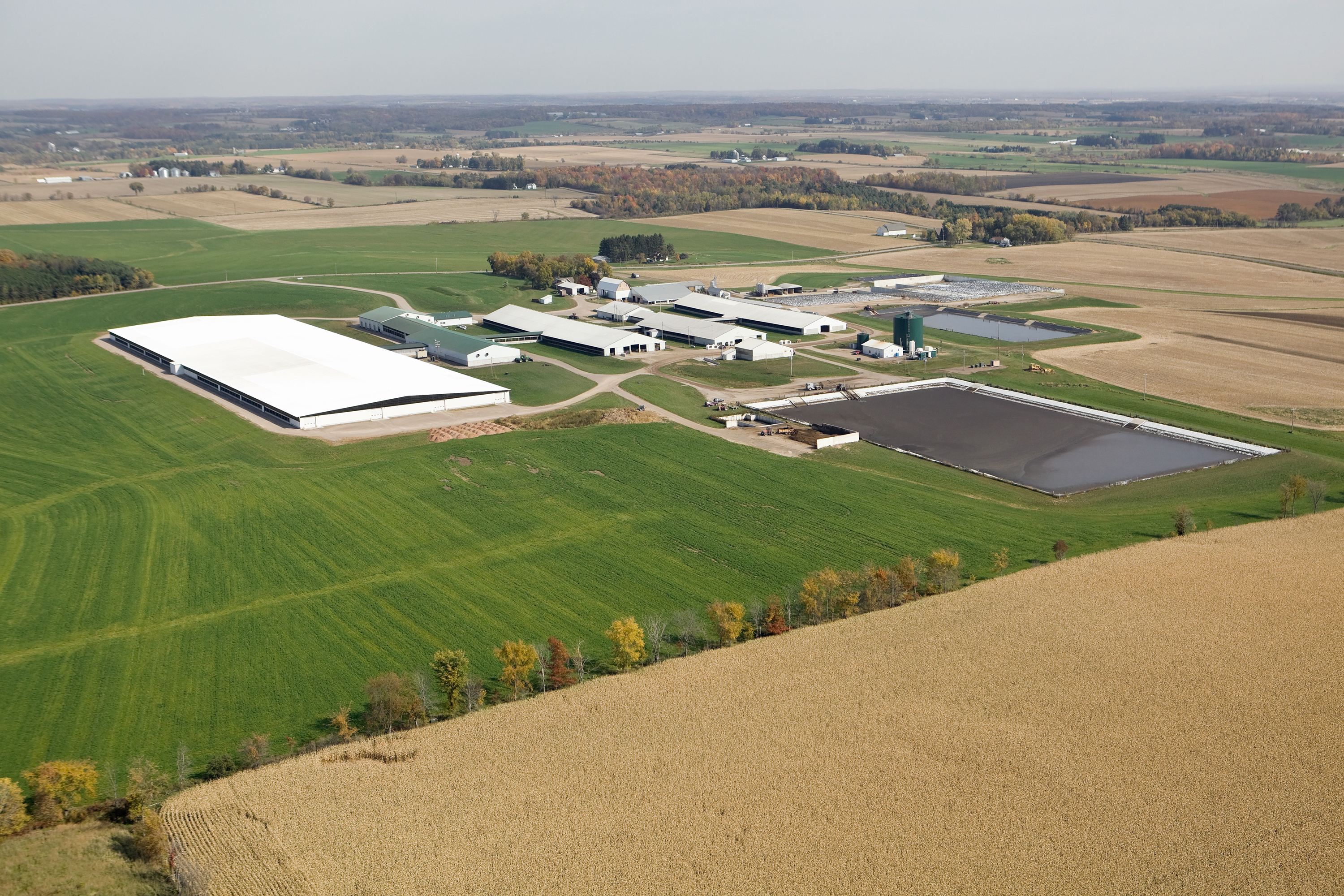Farmers have always had to contend with unpredictable weather – too hot, too cold, too wet or too dry. Beyond weather, the pressures on agriculture to produce enough food for a growing global population continue to build.
Add the recent challenges of a global pandemic, an economy that is quite turbulent, pressure from non-governmental organizations (NGOs) and a supply chain in disarray, and it is an unsettling time for agriculture.
If that isn’t enough, a number of potentially consequential environmental regulatory and reporting proposals are imminent. I’ll touch on just a couple of these.
Bear in mind, other issues are looming on the near-term horizon, impacting agriculture within weeks or months, not years. Among them, there’s the pending Waters of the U.S. (WOTUS) matter in the U.S. Supreme Court and a new WOTUS rule recently proposed by the U.S. Environmental Protection Agency (EPA), and the EPA’s listing of two per- and polyfluoroalkyl substances (PFAS) under the “Superfund” law.
Read also: EPA moving forward on PFAS ‘Superfund’ proposal and Should farmers be concerned about PFAS?
EPA draft air emission model for agriculture
The EPA has released its draft “air emission model for dairy.” What air emission model, you may ask?
Way back on Jan. 31, 2005, the EPA issued a Federal Register notice, “Animal Feeding Operations Consent Agreement and Final Order.” As you may recall, this notice led to air emission studies on farms. These data were intended to be used so that emission factors could be generated for agriculture. Now, 17 years later, the EPA released a preliminary draft.
Kyle Weldon and Jim Bradbury recently covered this issue in a Texas Association of Dairymen newsletter. They noted that the EPA’s preliminary draft air emission models estimate ammonia, hydrogen sulfide and particulate matter emissions from barns and lagoons on dairy farms. The dairy models, along with models for swine and poultry operations, are products of the National Air Emission Monitoring Study (NAEMS), a nationwide research project intended to gather air emission data from animal feeding operations. The research for NAEMS was funded by the EPA’s 2005 Air Compliance Agreement, which allowed participating animal feeding operations to pay a civil penalty in exchange for certain immunity from lawsuits from the EPA for potential air emission violations.
“Once all models have been reviewed and revised, the EPA will release these models for a ‘formal public comment period,’ which is expected to take place in mid-2023,” Weldon and Bradbury wrote. “The EPA’s current timeline for finalizing the emission models is late 2023. Once the models are finalized, the EPA plans for the models to be used by the animal feeding operations that participated in the 2005 Air Compliance Agreement (and likely other animal feeding operations), in order to self-determine if their emissions trigger permitting requirements.”
Recalling and being peripherally involved in stakeholder discussions leading up to the initial effort in 2005, we said this is a potentially significant issue for agriculture that will likely trigger more reporting requirements. Those involved in animal feeding operations should maintain a watch on this and be prepared to provide comments.
Security and Exchange Commission proposed rule
A rule proposed by the Security and Exchange Commission (SEC) that focuses on climate may or may not affect agriculture. The 490-page proposal, “The Enhancement and Standardization of Climate-Related Disclosures for Investors” has wide application.
As a means to protect investors, companies must register with the SEC and describe important information about their business operations, financial condition, results of operations, financial risk factors and management.
The proposed rule would require certain climate-specific “disclosures” in their registration statements, financial statements and annual reports to identify climate-related financial metrics and risks. The SEC states that this will help investors assess a registrant’s exposure to those climate-related risks.
At first blush, it does not seem to apply to agriculture. It is being reported that the proposed rule will only affect publicly traded companies. The Center for American Progress, an independent, nonpartisan policy institute, stated, “…it is safe to say that the SEC’s proposed rule would have little to no direct impact on farms and ranches.”
However, from page 60 of the announcement: “Registrants that are heavily reliant on water for their operations, such as registrants in the energy sector, materials and buildings sector, or agriculture sector, could face regulatory restrictions on water use, increased expenses related to the acquisition and purchase of alternative sources of water or curtailment of its operations due to a reduced water supply that diminishes its earning capacity.”
Further, footnote 423 in the document states, “…letters from Teachers Insurance and Annuity Association of America recommending requiring Scope 3 disclosure from issuers in the financial, energy, transportation, materials and buildings, and agriculture, food and forest products sectors; and Sens. Schatz and Whitehouse (recommending requiring Scope 3 disclosure for financed emissions).”
Last May, the American Farm Bureau Federation warned that while the proposed rule mandating extensive climate disclosures by public companies doesn’t include farmers and ranchers as “registrants” with direct reporting requirements, “the obligations through their regulated customers could be enormous.”
At Progressive Dairy’s deadline, more than 100 members of the U.S. House of Representatives introduced the “Protect Farmers from the SEC Act,” a bill protecting farmers and ranchers from SEC reporting requirements. The proposal prohibits the SEC from requiring an issuer of securities to disclose greenhouse gas emissions from upstream and downstream activities in the issuer’s value chain arising from a farm.
While we don’t know how this will ultimately play out, this and future proposed actions by the SEC for disclosure of climate-related reporting should be monitored.
Closing comments
Looking over the past few decades, it is rather remarkable how much progress we have made in nearly every metric relating to environmental protection and conservation. I have written about this over the years and people are often surprised to hear this.
Just one example is water use. While one might think, based on increased population and demands, that we use much more water than we used to – we don't.
According to the United States Geological Survey (USGS), “What is remarkable… [is] that the Nation's water use peaked in 1980 and has been fairly steady since then.” This, despite a growing population and greater demand for irrigation. As the USGS states, “This shows that water conservation efforts and greater efficiencies in using water have had a positive effect in the last 35 years.”
These achievements, through innovation and “know-how,” are seemingly ignored as there is a growing chorus of more and expansive regulations being proposed. We must protect the environment – but we must also be mindful of over-reaching and burdensome regulations that potentially have a negative effect on our food suppliers who are required to produce more with each passing year as global demands grow.







